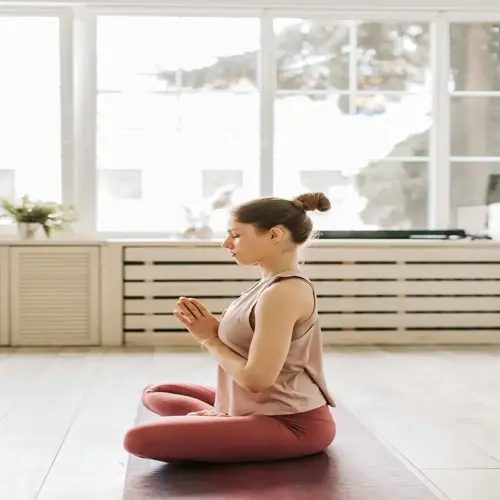Can exercise replace medication for anxiety?

Written by
Thomas Wilson
Reviewed by
Prof. Graham Pierce, Ph.D.The issue of whether exercise can be a substitute for anxiety medication requires an understanding of how both approaches operate and their limitations. Exercise provides a powerful method for regulating brain chemicals in the body; however, severe cases often require medical intervention. I have seen clients reduce their medications through supervision, but never drop them carelessly.
Neurotransmitter Regulation
- Aerobic activity increases serotonin production within 20 minutes
- Strength training boosts BDNF proteins repairing neural pathways
- Yoga postures modulate GABA receptors naturally
- Consistent movement maintains balanced dopamine levels
Stress Hormone Impact
- Cortisol reduction occurs during sustained moderate exercise
- Endorphin release creates natural mood elevation post-workout
- Body temperature rise during activity promotes later relaxation
- Circadian rhythm regulation improves through morning movement
Medication becomes necessary when anxiety is so intense that normal activities (such as leaving home or going to work) are impossible. SSRIs allow biochemical stability, permitting other techniques to be optimally effective. I am someone who was at one time deeply resistant to the taking of prescribed medication. Still, I now can acknowledge that it is essential to the management of a crisis. They are necessary to create a foundation of relief.
Prudent advice dictates secure transition of techniques. Never halt pharmaceuticals without medical supervision, due to the potential for withdrawal symptoms. I work collaboratively with psychiatrists to introduce exercise regimens in conjunction with the pharmaceuticals. This blended modality produces the strongest results.
The effective conjunction of all methods purposefully combines approaches. Morning activity may stimulate the effects from medication, while activity done later (evening) could reduce the next-day dosage. Create a journal around symptoms relating to changes in behavioral or pharmacological agents. Clients present documented evidence that the activity is supporting their pharmacological agents.
Read the full article: 10 Ways to Achieve Anxiety Relief Naturally

